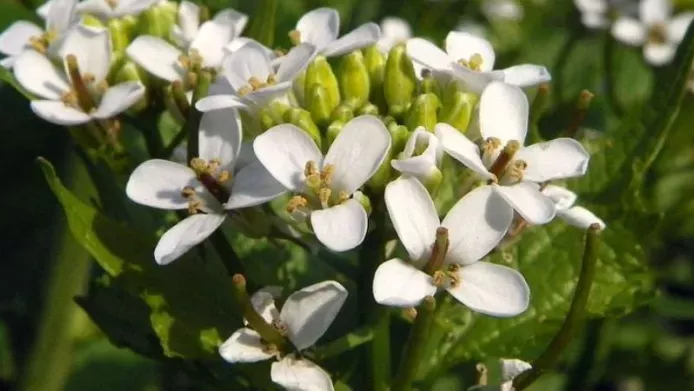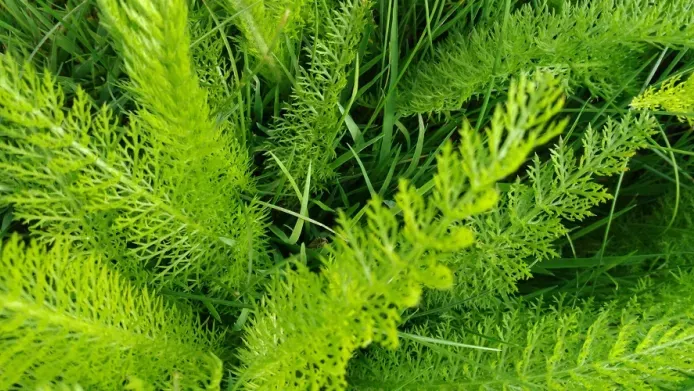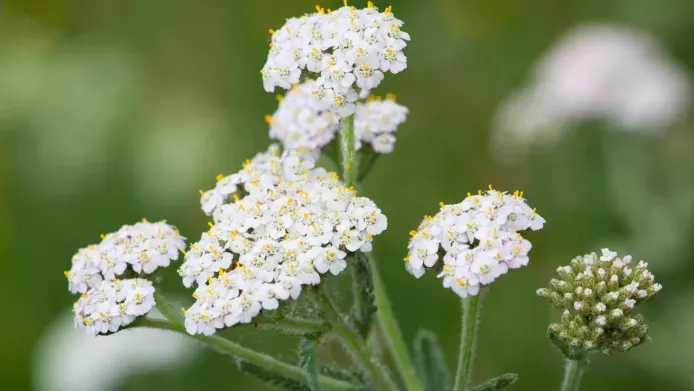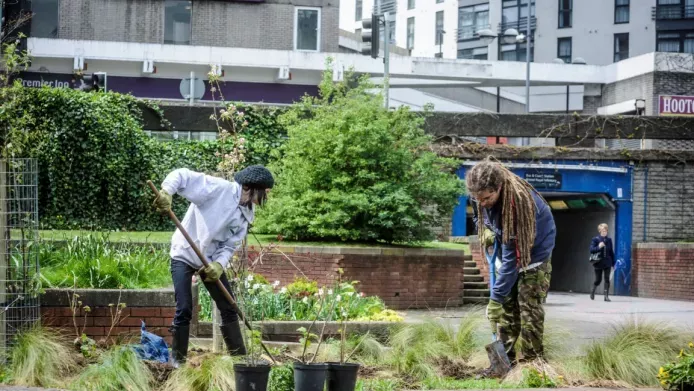Native winter wildflowers are hardy, resilient plants that grow in unlikely places, including on roadsides and from cracks in pavements – so wherever you live, you can join in the search for them! If you don’t find any wildflowers, at least you will have embraced some outdoor time…
The New Year Plant Hunt
By venturing out to spot wildflowers over the New Year period, you can help the BSBI monitor the abundance of winter plants. Take part in their New Year Plant Hunt to gather valuable information about how our wild plants respond to changing temperatures and weather patterns.
Wildflowers and changing climates
Native wildflowers are being affected by climate change and temperature rise, particularly in the north of the UK, where they are often outcompeted by plants that enjoy higher temperatures. This is a contributing factor to why the UK’s native species are in decline.
Weeding out the facts
Many flowers you might find in winter in the UK are considered by many people as common "weeds", as they often grow on arable land, roadsides, gardens, and other disturbed land. But wherever they grow, these unsung heroes provide important sources of pollen for brave insects taking to the wing on a winter’s day.
Wildflowers to look out for over the winter
Common chickweed (Stellaria media)
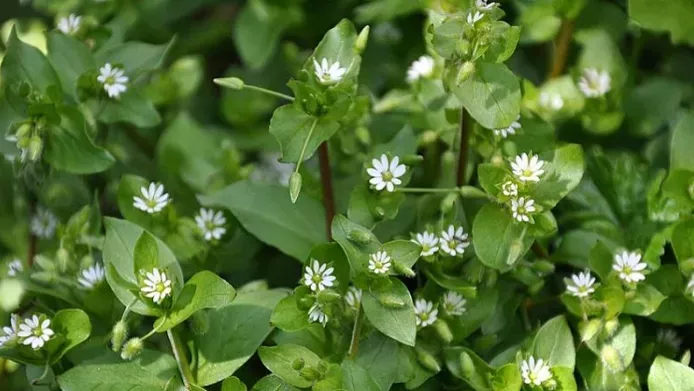
You guessed it! This plant was (and still is) used as feed for chickens. Common on all types of land, you can spot its small white flowers all year round.
Chickweed is also known for its health benefits such as containing anti-inflammatory saponins, and minerals including vitamin C and iron.
Daisy (Bellis perennis)
 Daisies
Daisies
The iconic daisy, bringer of the daisy chain, can be found all year-round across the UK, offering a small but important nectar source for insects when they need it most!
Dead-nettle

Neither red dead-nettle (Lamium purpureum) nor white dead-nettle (Lamium album) sting! They usually flower well into the autumn, and sometimes into mild winters.
Gorse (Ulex europaeus)

This prickly plant is a common sight across the UK, and its yellow flowers appear from January to June. Some people say gauze flowers smell like coconut!
Groundsel (Senecio vulgaris)

The Latin name of this plant – Senecio – derives from ‘old man’, from which it gets its other common name: old-man-in-the-spring. Its yellow flowers turn to white, fluffy seed heads, which, if pulled off, leave a bare scalp-like patch behind.
Hairy bitter-cress (Cardamine hirsuta)
 Hairy bitter-cress
Hairy bitter-cress
Hairy bitter-cress is a common, edible plant found in rocky and cultivated areas. Flowering all year-round, the plant self-pollinates, and ripe seeds explode from their pods in all directions.
Hogweed (Heracleum sphondylium)
 Heracleum sphondylium © RBG Kew
Heracleum sphondylium © RBG Kew
Hogweed has large white umbels of flowers. Not to be confused with giant hogweed (Heracleum mantegazzianum), an invasive species in the UK that causes skin burns from exposure to its sap.
Lesser celandine (Ranunculus ficaria)
 Lesser Celandine
Lesser Celandine
High in vitamin C and a saviour for early pollinators, if there’s lesser celandine about you’ll spot it by its glossy, bright yellow petals. The petals of these small flowers are known to close in the rain, so it was once believed that you could use it to predict the weather.
There is a Flower, the Lesser Celandine,
That shrinks, like many more, from cold and rain;
And, the first moment that the sun may shine,
Bright as the sun himself, ’tis out again!’
- From “The Small Celandine” by William Wordsworth (1770-1850)
Petty Spurge (Euphorbia peplus)
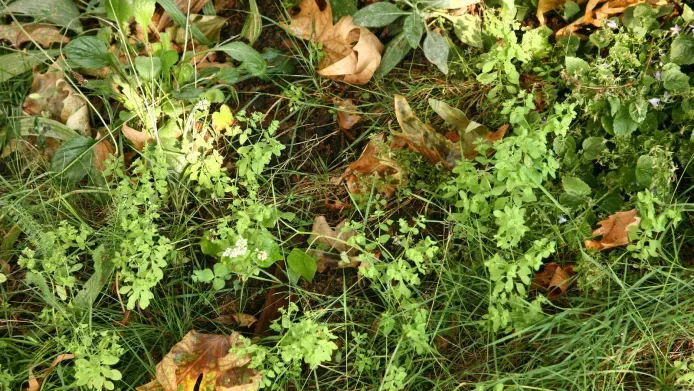 Petty spurge © RBG Kew
Petty spurge © RBG Kew
It has been said that some petty spurge seeds have germinated at over 50 years old! This plant can be found across the UK but is scarce in Scotland.
Primrose (Primula vulgaris)
 Primula vulgaris © RBG Kew
Primula vulgaris © RBG Kew
Foodplant of the caterpillars of the rare Duke of Burgundy butterfly, primroses flower from December until May. In Northern Ireland they have protected status under the Wildlife Order, 1985.
Yarrow (Achillea millefolium)

A charm against bad luck and illness, yarrow has long been thought of as a wound healer. Yarrow is found in grasslands, including lawns and meadows, and can be used with other native plants to help restore arable land to grassland.

